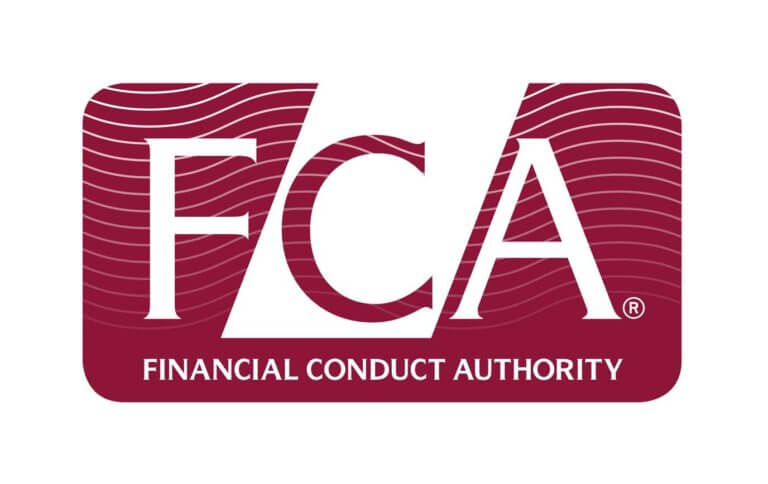Financial stability enables meeting current obligations, planning for future needs, and weathering unexpected challenges. In a world rife with economic uncertainty, securing it has become imperative. A family budgeting for monthly expenses or a corporation navigating market fluctuations relies on financial stability. This is the foundation of growth, resilience, and peace of mind. Without it, even the best-laid plans may falter under unforeseen financial pressures.
Reliable financial models empower both individuals and organizations. They guide informed decisions through realistic projections and data-driven insights, simulate myriad scenarios to pinpoint potential risks, efficiently allocate resources, and establish attainable objectives. In fact, 85% of organizations worldwide today use financial models to identify not only financial risks, but also operational, strategic, and external ones.
Financial models transcend mere number crunching; they serve as a roadmap, guiding us with confidence through complex financial terrains. In an era fraught with uncertainty that can upend the most steadfast plans, these models shine as beacons of clarity and direction.
Types of Financial Models
Budgeting Models
Budgeting models—key to financial planning—offer a comprehensive outline of expected income and outlays for a set period. These tools assist companies in effective resource allocation, guarantee that expenditures reflect strategic goals, and by setting feasible fiscal objectives, allow businesses to track progress and make necessary alterations to remain on course.
For example, a small business might employ a budgeting model, projecting monthly operating costs like marketing expenses. This initially might include an investment in AI digital marketing tools, for example, which enables the owner to pinpoint potential cost savings. This ensures that funds are available for essential operations. Moreover, these models promote accountability by setting benchmarks against which financial performance is measured.
Budgeting models serve not only internal interests but also external necessities like securing loans and presenting financial plans to investors, for example. A well-constructed budget affirms the organization’s financial discipline, instilling confidence in stakeholders about its effective resource management.
Projected Income Statements
Projected income statements are forward-looking financial documents that estimate a company’s revenue, expenses, and profits over a specific period. By illustrating anticipated financial performance, they enable decision-makers to:
Evaluate the financial viability of new initiatives.
Set realistic revenue and expense goals.
Prepare for potential challenges or opportunities.
For instance, a startup planning to launch a new product might use a projected income statement to forecast its profitability. The model would factor in expected sales revenue, production costs, marketing expenses, and overheads. This helps stakeholders identify when the venture might break even or turn a profit, aiding in resource allocation and strategic planning.
Forecasting Models
Forecasting models—leveraging historical data, market trends, and future conditions’ assumptions—not only refine budgetary projections but also predict financial outcomes. Their value proves critical for adaptable businesses in dynamic industries to maintain competitiveness.
A retail company, for example, might deploy a forecasting model to anticipate seasonal sales fluctuations, equipping it to fine-tune inventory and staffing levels. Such foresight prevents both overstocking and understocking, missteps that carry hefty financial consequences. Moreover, these models prove indispensable in a long-term strategy. They enable organizations to evaluate new markets or product lines’ potential success with greater accuracy.
The quality of data and assumptions underpin forecasting models’ accuracy. Consequently, their regular updates and validations become essential; they guarantee these models mirror the present realities. When accurately executed, such models yield actionable insights that fuel growth and resilience.
Investment Evaluation Models
Investment evaluation models actively assess potential returns and risks linked to specific opportunities; hence, they’re vital for businesses and individuals aiming to optimize financial gains while curtailing risk. Noteworthy techniques these models employ encompass net present value (NPV), internal rate of return (IRR), and discounted cash flow (DCF) analysis—each contributing a unique lens through which investors scrutinize prospective ventures.
A company considering new equipment purchases might employ an investment evaluation model to determine the payback period—the time needed to regain its initial outlay via heightened productivity. Likewise, when comparing expected returns from diverse stock options, an investor could apply these models; they account for market conditions and dividend payouts as critical variables.
These models offer a systematic approach to evaluating investments. They assist decision-makers in prioritizing opportunities that match their financial goals and risk tolerance, ensuring that limited resources target ventures with the greatest success potential.
Steps to Develop Reliable Financial Models
Define Clear Objectives and Goals
Establishing clear objectives and goals is crucial for any reliable financial model. It ensures the tool fulfills its intended function, be it budgeting, forecasting, or investment analysis, and prevents complexities that can misalign with organizational needs. For instance, a company seeking investor funding must showcase a model highlighting cash flow projections and return on investment metrics. In contrast, an internal budgeting model should center around cost control and the distribution of resources.
Gather Comprehensive and Accurate Data
Comprehensive and accurate data serve as the lifeblood of any financial model. Even sophisticated tools and methodologies cannot offset poor-quality inputs; thus, one must collect trustworthy, current data, ensuring its accuracy prior to integration into the model. For instance, historical financial statements, market trends, and customer behavior data form the foundation of robust financial projections.
Use Appropriate Tools and Software
The reliability and efficiency of a financial model hinge on the chosen tools and software. Advanced spreadsheet programs are favored for their flexibility, whereas specialized software provides enhanced functionality and scalability. Selecting these tools requires careful consideration of the model’s complexity, the data volume processed, and the team’s technical expertise.
Bottom Line
Foresight, discipline, and appropriate tools are essential for securing a stable financial future. Reliable models function as navigational aids, thoughtfully guiding stakeholders through economic fluctuations and market trends. Individuals and organizations leverage these frameworks to establish realistic objectives, judiciously allocate resources, and efficiently minimize risks. Holding a well-crafted financial model turns the journey toward financial stability from daunting to manageable.























